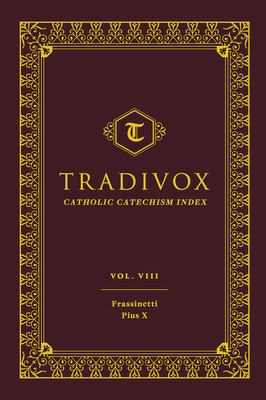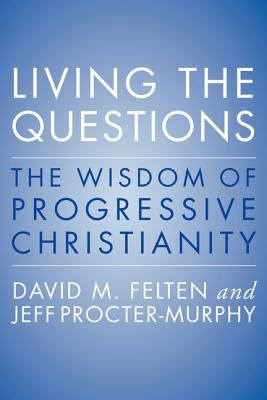
The first is A Dogmatic Catechism, first published in 1842 by Ven. Fr. Giuseppe Frassinetti and regarded as one of the clearest and most compelling Italian presentations of the Faith in that century. From an early age, Ven. Frassinetti had a reputation for remarkable holiness and even brilliance, coming from a family of such faith and devotion that he and his three brothers all became priests, and his sister a religious foundress and canonized saint. Known as "the Italian Curé of Ars" in his own time, a contemporary priest would say of Ven. Frassinetti's doctrinal instructions: "they combine solid doctrine with a quality rarely to be found, that of adaptation to the capacities of all. There is in them a union of devotion and spiritual affectionateness with discretion, in no way inferior to the sweet spirit of St. Francis de Sales." His catechism is thorough and detailed, and may be regarded as prophetic in many places, as he anticipates a number of heretical errors that would not be systematically condemned until decades later.
The second catechism in this volume is that Pope St. Pius X, first published in 1905 as Compendium of Christian Doctrine, which still remains one of the most beloved "short catechisms" ever printed. As Pope Benedict XVI observed in 2010: "Because of its simple, clear, precise language and effective explanations, this Pius X Catechism, as it was called, was a reliable guide to many in learning the truths of the faith," and remains so today. Because many different works are currently in circulation claiming the title "Pius X Catechism," a thorough account of this catechism's historical origin is included in the Preface, along with a biographical note about the great Pope and Saint himself. The text itself is the first complete English translation of the original, published in 1908 by Msgr. John Hagan, Vice-Rector of the Irish College in Rome. Unlike several contemporary reprints claiming to reproduce this first edition, Tradivox has sourced Hagan's original manuscript and restored it here without redaction or modification, save for the inclusion of some missing footnotes and the introduction of subsection titles, in order to better highlight the inherent organization of the text. This is therefore the complete approved English version of the great pontiff's original catechism, without any diminution or substantial change: still as simple, clear, and reliable as ever.







